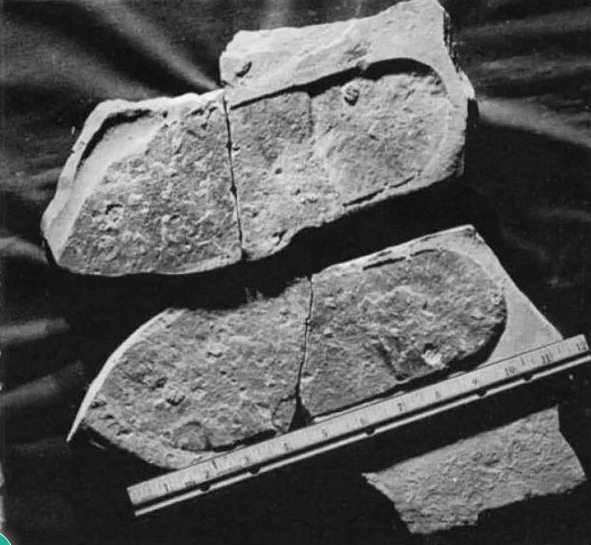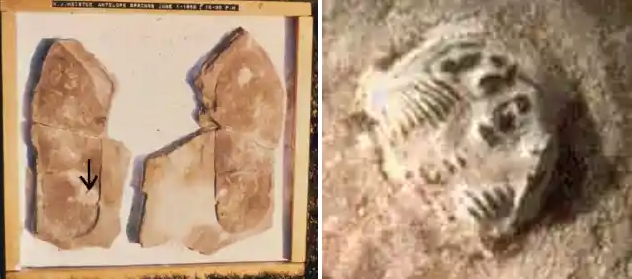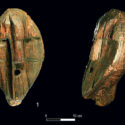On 500 Million Year Old Unexplained Human Footprint – How Is This Even Possible?
Is it possible that everything we’ve learned about humanity’s past has been a lie? What if scientists and researchers kept something crucial about our species’ history hidden from us? What if humans first set foot on the planet 500 million years ago? Paleoanthropologists occasionally come up with remnants of human footprints that are thought to be thousands of years old.
According to certain studies, humanity has only existed on Earth for 200,000 years, and there is no evidence of humans older than that. However, a curious discovery made by a local rockhound named William J. Meister may disprove this theory.

Meister had been hunting near Antelope Springs in the late 1960s for a trilobite fossil (which existed 500 million years ago). During his search, he shattered one of the slabs and discovered a “human sandal print,” as he described it.
Intriguingly, the rock specimen’s description represented the footprint of a humanoid being stepping on a living trilobite and burying it in the mud. The fossil of this extinct marine species was undeniably more than 500 million years old, dating from the Cambrian epoch. The ancient rock print was 10.5 inches by 3.5 inches on both sides and contained two tiny trilobite fossils.
Creationism is the concept that everything around us, including nature, the planet, the world, and even humanity, is the work of the supernatural divine. Many specialists, however, have refuted this notion, and it has been removed from the school curriculum. Why? Because it is scientifically impossible to prove.
However, on March 1, 1973, at California State University in Sacramento, a creation-evolution discussion was held, attended by Dr. Duane Gish of the Institute for Creation Research, Reverend Boswell, and other specialists. It was the first time that the rest of the world learned of Meister’s finding. Melvin Cook is an American researcher.
After Meister showed him the slabs, he wrote an article titled “Why Not Creationism.” A geologist from Tucson, Arizona, Clifford Burdick, discovered identical rocks a few weeks after the finding that revealed a child’s footprint without any shoe or sandal.

Cook stated: “Since Mr. Meister’s fascinating find, others in the region have discovered comparable but less impressive specimens, two of which have been shown to me.”
Two creationists, Kofahl and Segraves, dubbed Miseter’s discovery “anti-evolutionary evidence” during a debate. An American investigator, Glen Kuban, wrote:
“At the edge of the print, there is no trace of pressure deformation or foot movement. However, there is a rim or lip on one side of the print, extending to the side of the alleged toe end, which is typical of similar concretions from the area but is incompatible in location and form to represent a pressure ridge. Also, of the two halves of rock, the side with the indented heel exhibits raised relief at the toe end, and vice versa, although in a true print, impression or raised relief should be seen throughout either half.”
According to the Natural History Museum of Utah, the trilobite fossil was genuine, but the footprints were not. It was “little more than a slab of Wheeler shale with a portion spalled off in the shape of a footprint, revealing a trilobite, Elrathia kingi,” according to the researchers.
Because creationists’ idea lacks physical proof, it’s difficult to accept that a random human walked 500 million years ago and crushed a trilobite under their boot. On the other hand, there is still a lot to discover on Earth.



